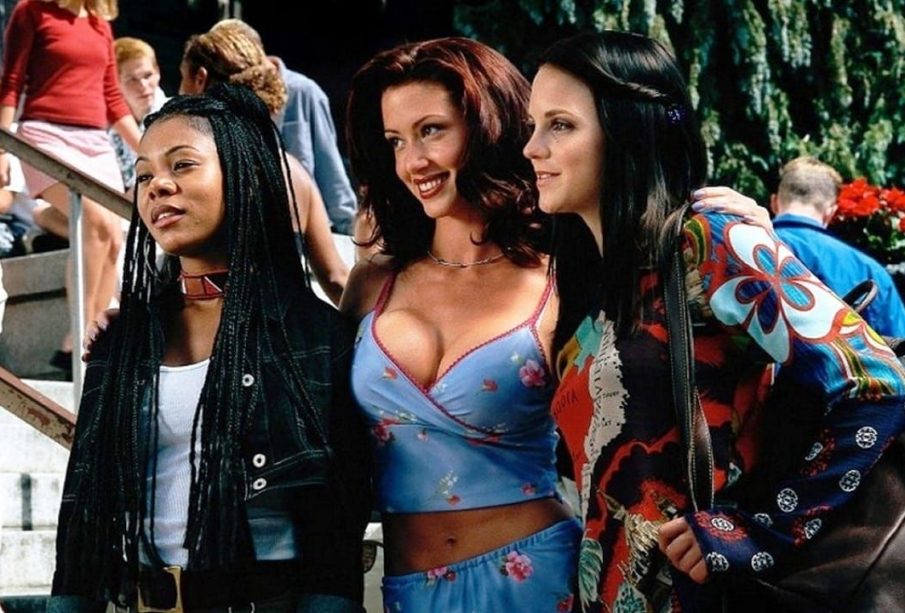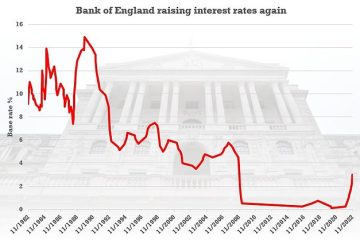The Fascinating Evolution of Scary Movies

Introduction
Scary movies have been a staple of film culture since the early 20th century, captivating audiences with their ability to evoke fear and suspense. These films not only entertain but also serve as a reflection of societal anxieties and cultural shifts. As 2023 marks a resurgence of interest in horror, it is essential to examine the trends and transformations within this thrilling genre.
The Origins of Scary Movies
The horror genre can be traced back to silent films like The Cabinet of Dr. Caligari (1920) and Nosferatu (1922), which laid the groundwork for how fear is portrayed on screen. These films introduced visual and narrative techniques that would be built upon by later filmmakers.
With the advent of sound, the genre expanded significantly. The 1931 classic Frankenstein became a defining moment, establishing tropes like the monster and the mad scientist that continue to resonate with audiences today.
Modern Trends in Horror
Fast forward to the 21st century, the horror genre has evolved in numerous ways, blending with other genres like thriller, sci-fi, and even comedy. The critical and commercial success of films such as Get Out (2017) and A Quiet Place (2018) exemplifies how horror can tackle complex social issues while engaging viewers.
This year, the landscape has become even more dynamic with the release of The Black Phone and Smile, both of which have received praise for their innovative storytelling and effective scares. Streaming platforms have also played a significant role in making horror more accessible, with releases like Netflix’s Fear Street trilogy bringing fresh narratives to eager audiences.
The Significance for Audiences
Scary movies provide an escape from reality, allowing viewers to confront their fears in a controlled environment. With the ongoing global challenges faced in 2023, movies that capture the imagination and elicit a visceral response serve as an outlet for stress and anxiety. The psychological aspect of horror cannot be overlooked, as experts suggest that experiencing fear in a safe space can lead to catharsis and relief.
Conclusion
The evolution of scary movies reflects not just advances in filmmaking but also the changing psyche of audiences. As horror continues to adapt to contemporary issues and technologies, it remains a vital genre that pushes boundaries and challenges perceptions. For film enthusiasts, the future of scary movies holds exciting possibilities that promise to enthrall audiences for generations to come.









